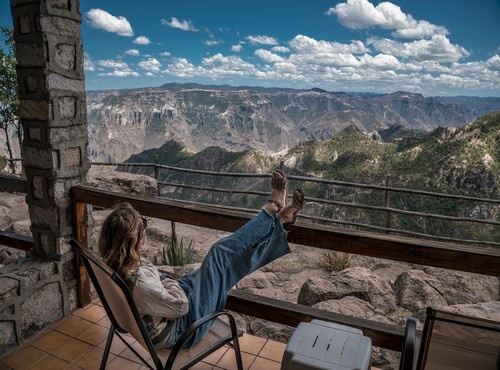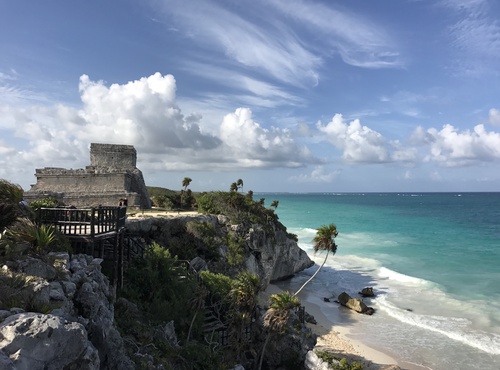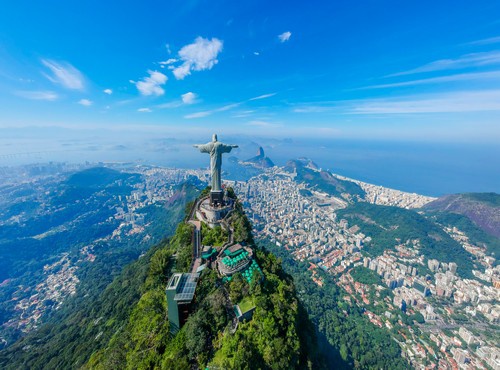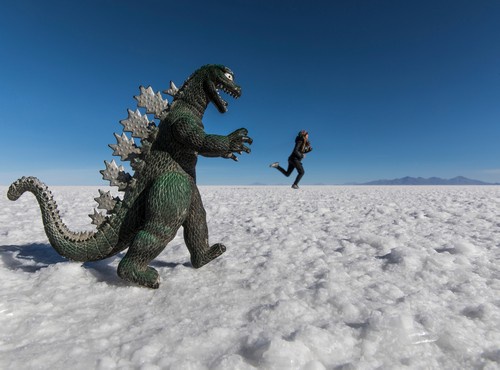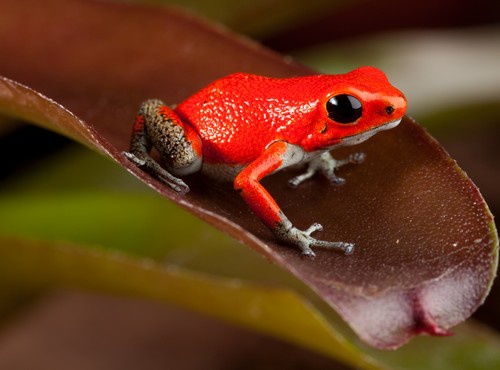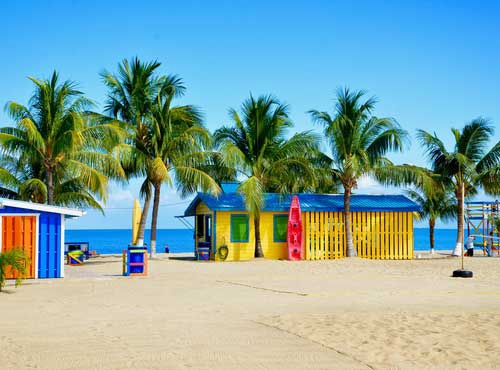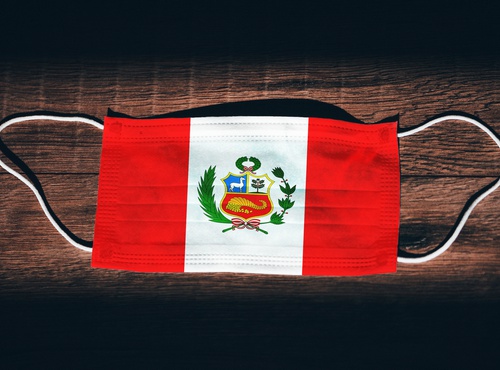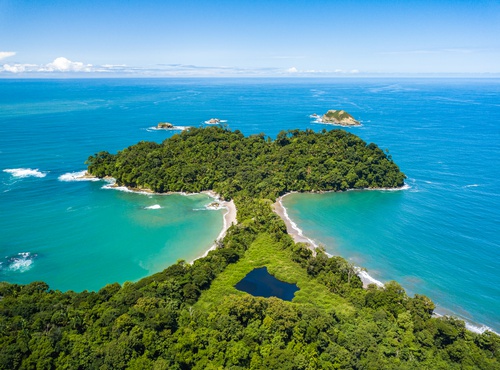
Written by:undefined undefined
Published: 28-11-2022
Colombia is beautiful, the culture, by and large, is fun and vibrant, and the plethora of sights to see. There is a whole heap of the best things to do in Colombia that I’m almost sure you’ll love. Things have changed, and Colombia is climbing higher and higher on many travelers’ lists of countries to visit. Here are some Useful Travel Tools for your Colombia vacation.

Hummingbird, Chiribiquete
Transport
International Flights
Colombia’s most significant international airport is Bogotá’s Aeropuerto Internacional El Dorado (eldorado. aero). Direct services from Europe to Bogotá are offered by Iberia (Madrid and Barcelona), Air France/KLM (Paris), Avianca (Barcelona and Paris), and Lufthansa (Frankfurt). Avianca also operates flights from Madrid to Cali and Medellín. In North America, Air Canada connects Toronto to Bogotá, Lan and American Airlines connect Bogotá with Miami, Delta links Bogotá with New York, Chicago and Atlanta, and Jet Blue flies to Bogotá from Orlando and Fort Lauderdale. It’s also possible to fly from Miami directly to Santa Marta, Cartagena and Medellín.
Internal Flights
There are more than half a dozen domestic airlines in Colombia. Avianca serves the most significant number of domestic destinations. Copa, the second-largest airline, covers the same destinations and flies to San Andres. Satena offers flights to the Amazon, the Pacific coast and between San Andrés and Providencia. Budget carrier EasyFly serves Bogotá, Barranquilla, Cartagena, Cúcuta, Medellín and Santa Marta; Latam flies to all the major cities as well as smaller regional destinations, while new Viva Colombia is the only one to connect Medellín directly to Santa Marta.
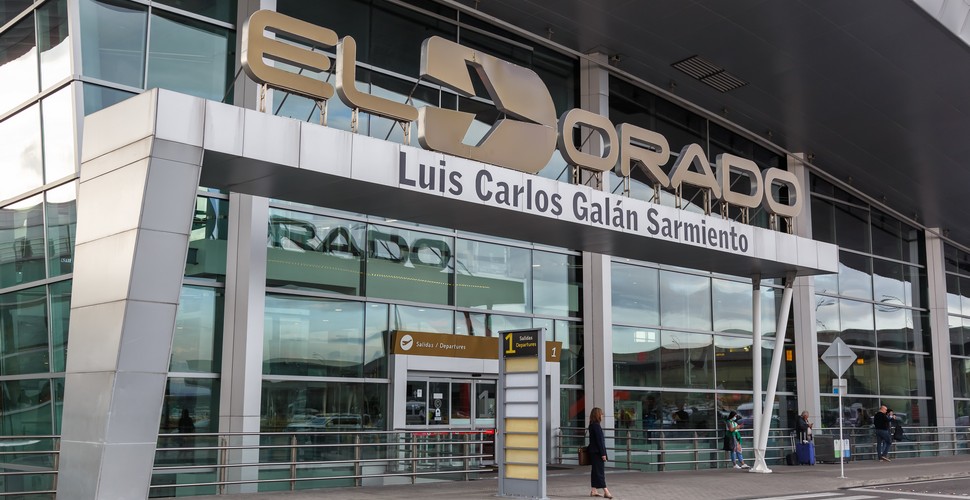
Bogota Airport
bus, pick-up truck and Jeep
With buses, the wide range of options in comfort and quality is compounded by the size and diversity of the country; it’s a good idea to shop around at different companies’ kiosks within larger stations. Generally, the larger, long-distance buses have reclining seats, toilets, loud cheesy music and videos; wear warm clothing as air conditioning can get chilly!
Some recommended companies are Expreso Bolívariano , Expreso Brasili Expreso Palmira, Berlinas, Copetran and Flota Magdalena, though different companies cover different parts of the country. Long-distance buses tend to stop at requisas (military checkpoints), sometimes at night; the soldiers sometimes search everyone’s possessions and make everyone disembark and show their ID. Each city has a terminal de buses (bus terminal) where the intercity buses arrive; Bogotá has more than one.
For shorter trips, you’re better off sacrificing comfort and price for speed by buying a ticket on a buseta, colectivo, or any similarly sized minibus or minivan that departs when complete. If you don’t want to be waiting around for ages, don’t hand over your luggage or pay unless you see that a bus is nearly full and ready to depart.
In the coffee-growing areas, the most common mode of transport is the hardy Willy jeeps, with two rows of seats in the covered interior and more passengers clinging to the back. These tend to be inexpensive, but the ride can be bumpy, and you are squeezed in with mounds of luggage.
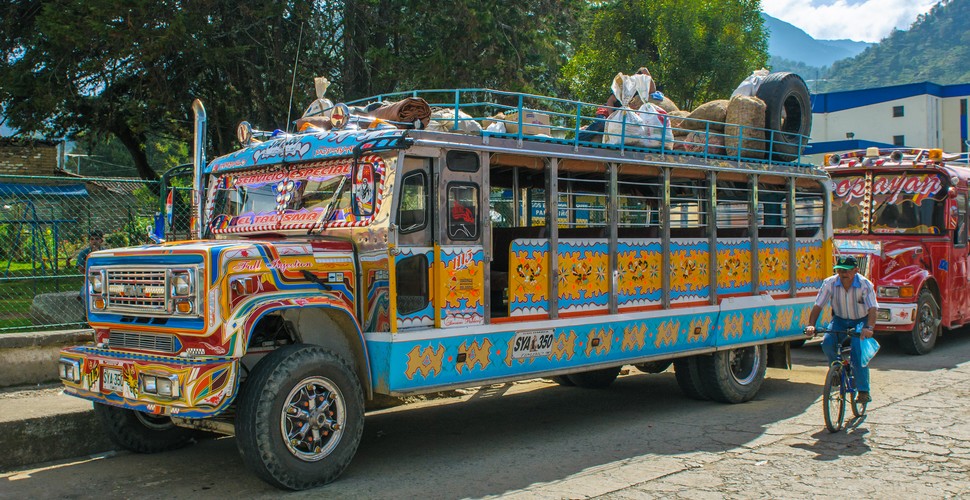
Colectivo, Colombia
Emergencies
Police/ambulance/fire 123
Entry requirements
A passport and onward ticket are the sole entry requirements for nationals of most Western European countries to enter Colombia. Canada, the US, Australia, New Zealand and South Africa. Upon arrival, all visitors receive an entry stamp on their passports, usually for sixty days. You can request up to ninety days, but this is rarely granted. Double-check the stamp straightaway for errors. Ensure you get an entry stamp if coming in overland and departure stamps upon exiting to avoid trouble.
Thirty-day extensions cost COP$72,350 and can be obtained at the former DAS (Departamento Administrativo de Seguridad) offices from the Ministerio de Relaciones Exteriores. You’ll need two passport photos with a white background, copies of your passport and entry stamp, the original, and an onward ticket.
Health
Vaccinations against hepatitis A, hepatitis B and typhoid are strongly recommended, and rabies should also be considered; consult a travel health clinic weeks in advance. Vaccinations against yellow fever are necessary if visiting coastal national parks; some countries, such as Australia and Brazil, will not let you into the country without a yellow fever certificate if you’re traveling directly from Colombia. Insect-borne diseases such as malaria and dengue fever are present, particularly in the Amazonas, Chocó, Antioquia, Córdoba, Bolívar, Putumayo and Atlántico departments – bring plenty of mosquito repellent (50 percent DEET, unavailable in Colombia) and cover up with long sleeves and trousers. Altitude sickness (soroche) may affect travelers at altitudes over 2500m, including those flying directly to Bogotá – take time to acclimatize before continuing your journey, drink plenty of water and avoid alcohol.
Colombia offers some of the best healthcare in South America; all major cities have hospitals, while healthcare is more challenging in rural areas. In the case of severe health issues, you may be transferred to a larger hospital with more specialized doctors and facilities.
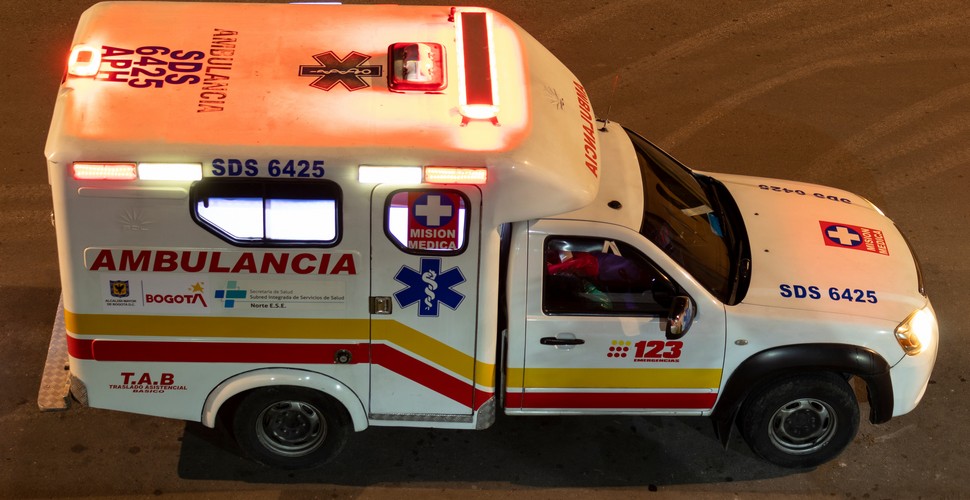
Bogota Ambulance
Tourist Information
Despite the significant rise in tourism to Colombia in recent years, the practical information available at tourist offices is often essential. Almost every town has a tourist office, although their staff often don’t speak English, and hostels are often much more helpful in gathering information.
www.colombiareports.com Offers the latest news, sports, culture, and travel in English.
https://colombia.travel/en is Colombia’s official tourism site, with lots of photos, good background, and practical information.
www. parquesnacionales.gov.co offers a helpful guide to Colombia’s national parks.
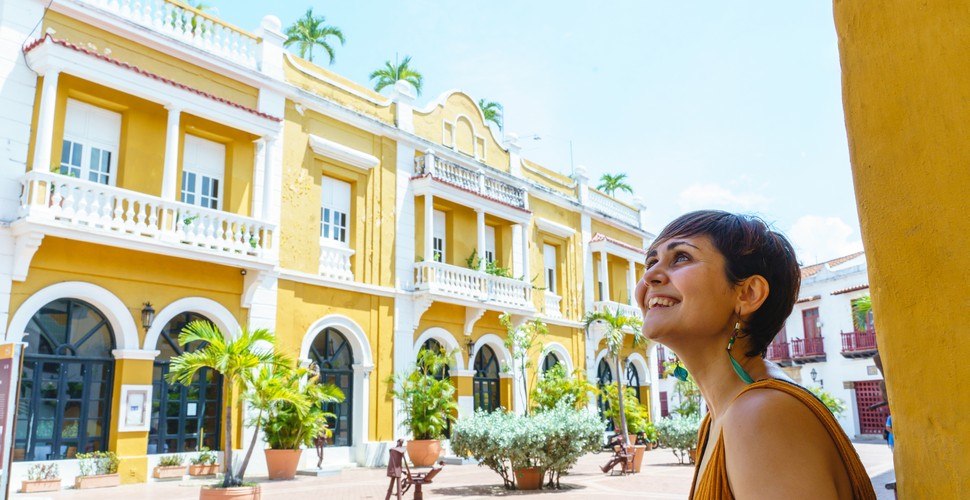
Colombian Tourism
Internet
Internet cafés can be found even in small towns (from COP$3000/hr), and free wi-fi spots are becoming easier to find.
Sending a postcard or a letter abroad can be done for COP$5500–6500 from almost anywhere in the country, using the efficient 4-72. Packages are best sent via private companies such as Avianca and Deprisa.
Money and banks
Colombia’s national currency is the peso (COP), divided into 100 centavos. Currently, the exchange rate is :
US $1=COP$ 4,866.27
£1=COP$ 5846.5
€1=COP$ 5,060
Changing large notes can be problematic outside big cities.
ATMs are plentiful, with at least one even in small towns. For changing money, Casas de Cambio offers slightly better rates, more flexible hours, and quicker service than most banks. Using moneychangers on the street is not recommended on your visit to Colombia.
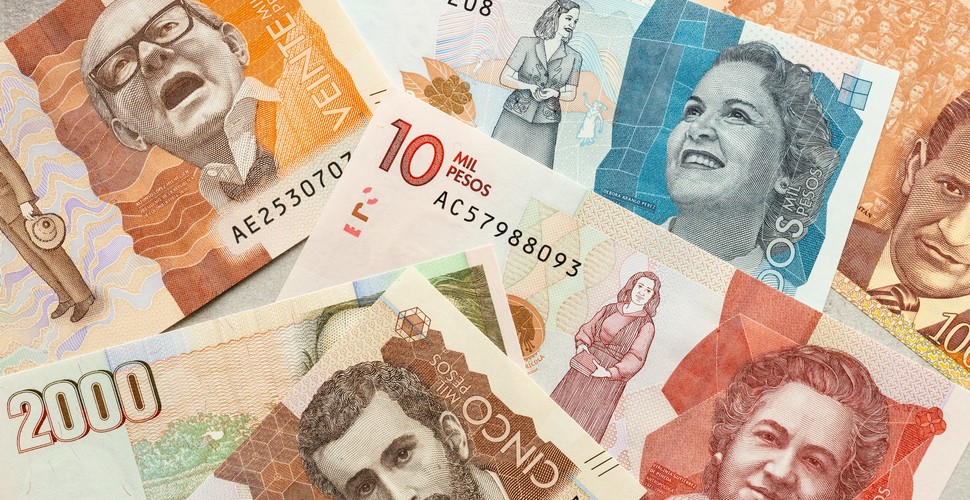
Colombian Notes
Opening hours
Shops are open from 8 am until 6 pm, Monday to Friday. Many businesses also often open on Saturdays until mid-afternoon. Outside Bogotá, many companies close at noon for a two- or three-hour siesta. Commercial hours in cities in warmer areas such as Cali often get started and end earlier. Government offices usually follow the same pattern. Banks open around 9 am and close at 4 pm. Casas de cambio stay open later.
Mobile Phones
Movistar, Claro, and Tigo are the three major mobile phone networks, and it’s inexpensive to purchase a local mobile phone. If you have an unlocked phone, a SIM card will cost around COP$6000, and there are special deals for Sim cards with credit. However, it’s cheapest to make domestic long-distance calls using mobile phones in corner stores. Call centers (telecentros) allow you to make inexpensive calls to local numbers and abroad, though Skype is the cheapest way to go, given the proliferation of free wi-fi.
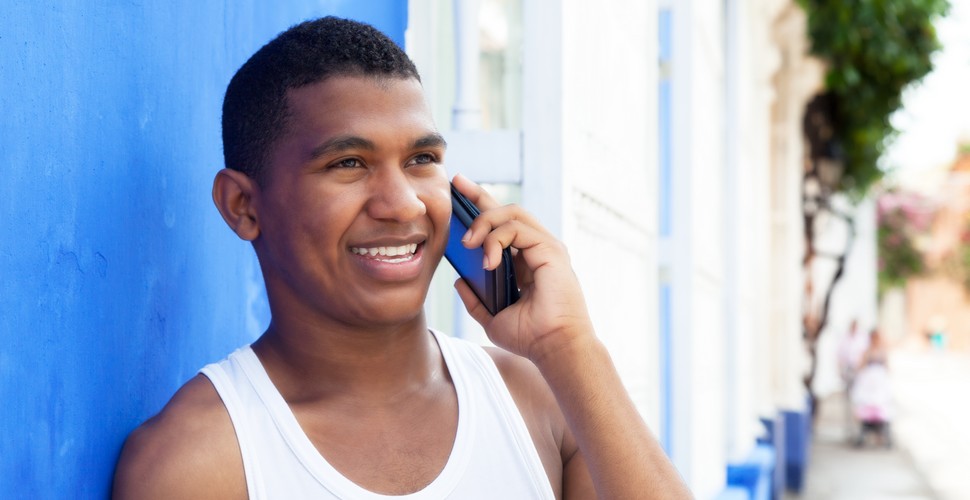
Mobile Phones
If you have questions about your Colombia Vacation, ask one of the Va Expeditions Travel advisors here!







